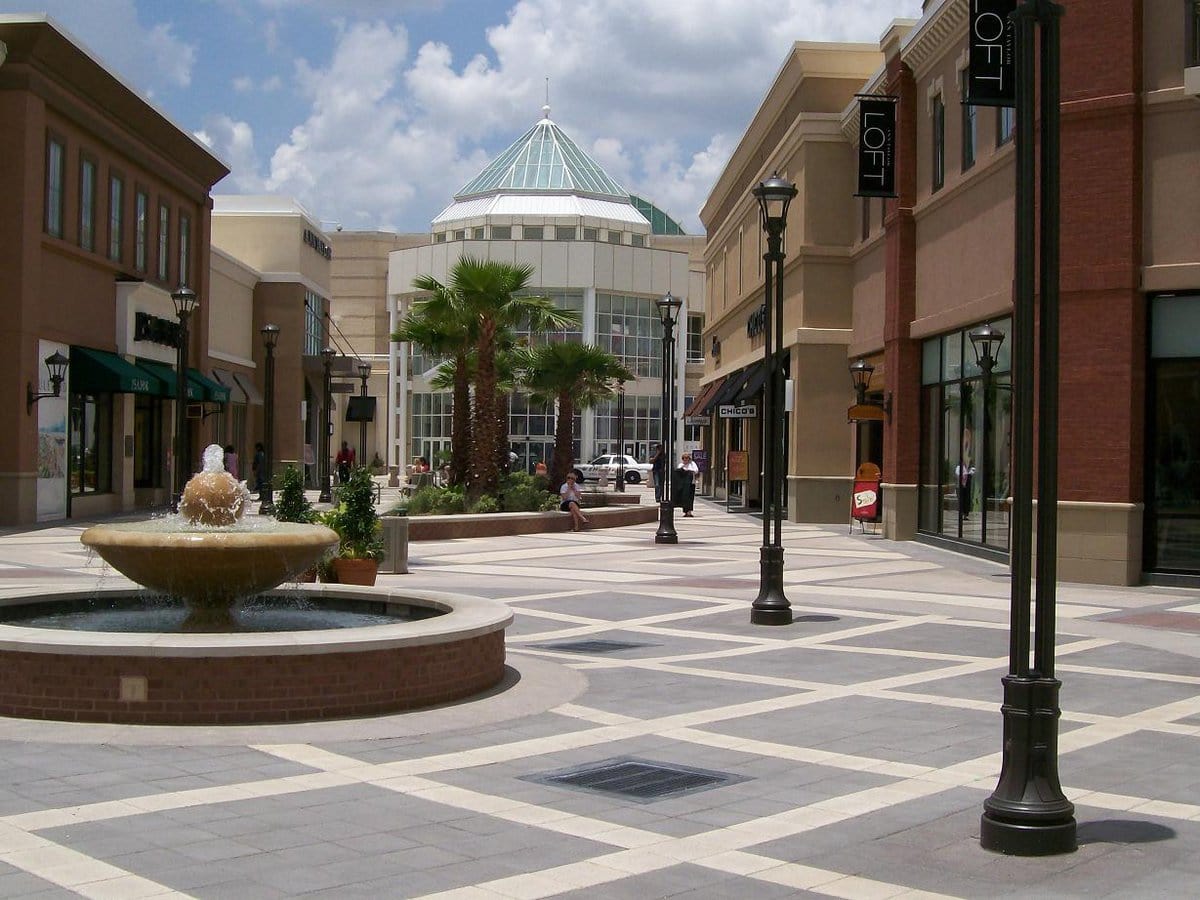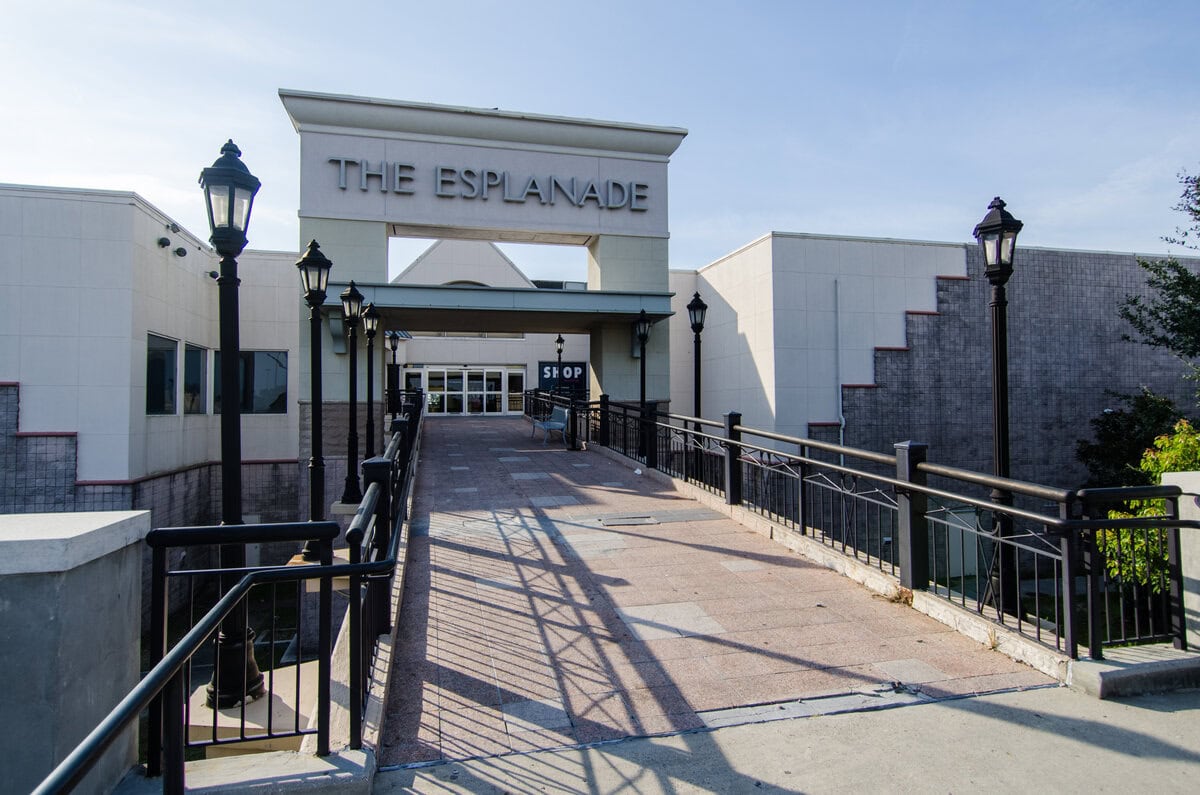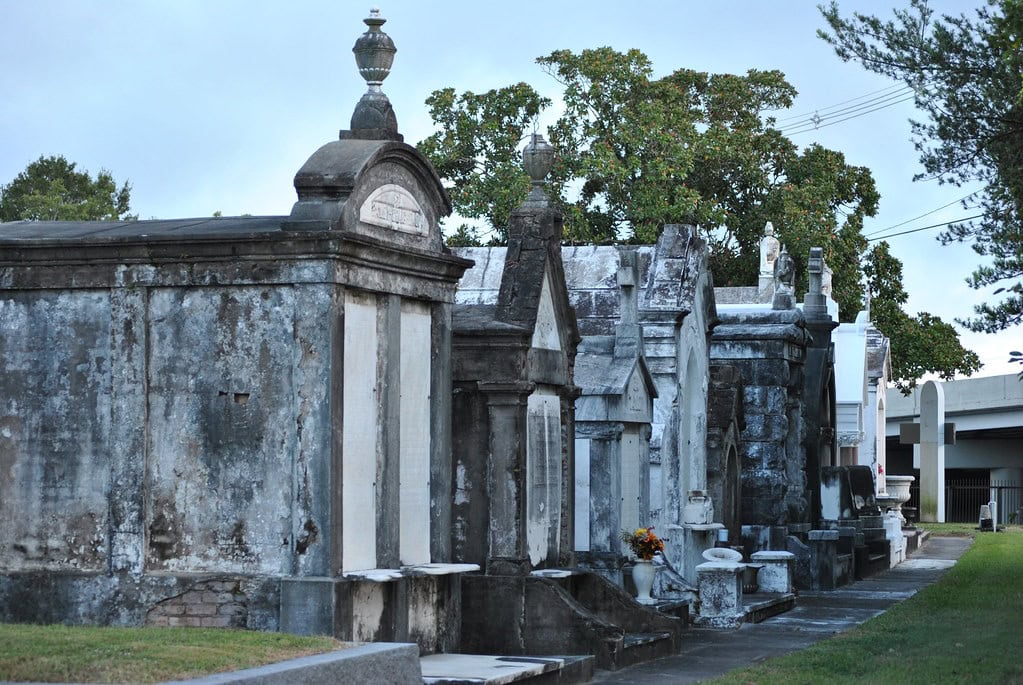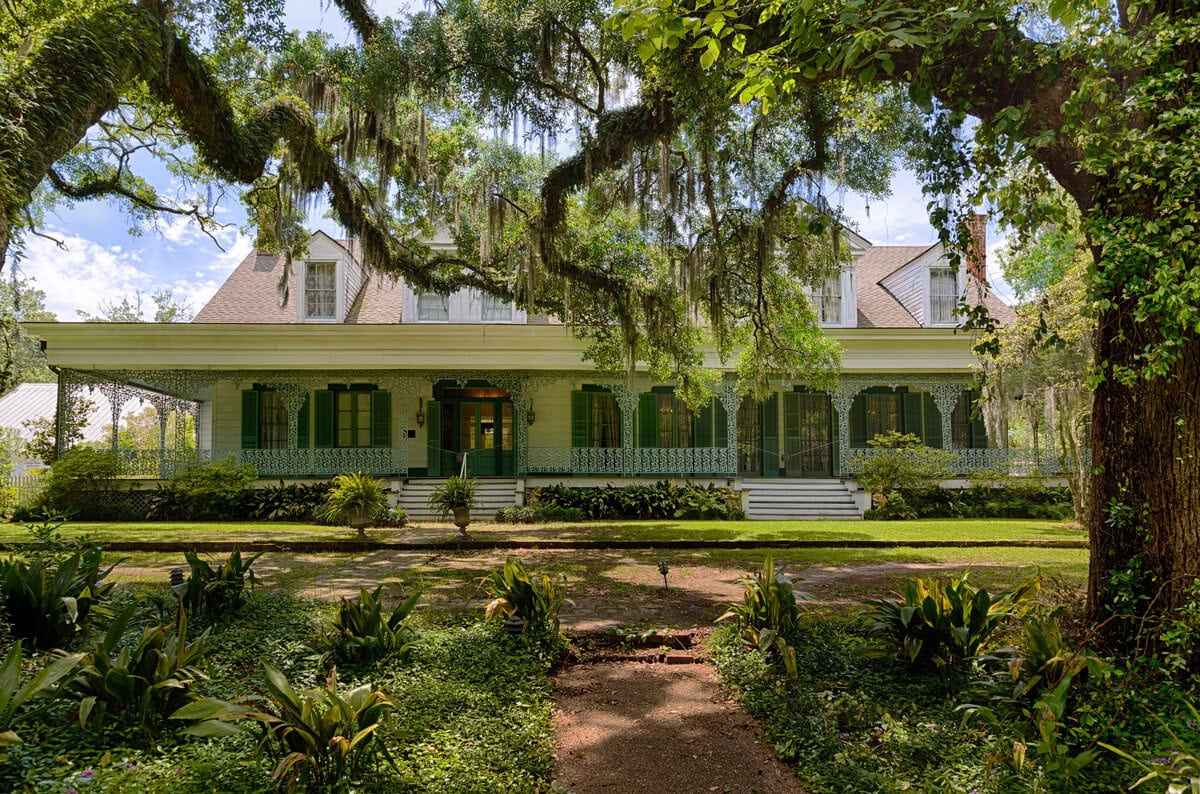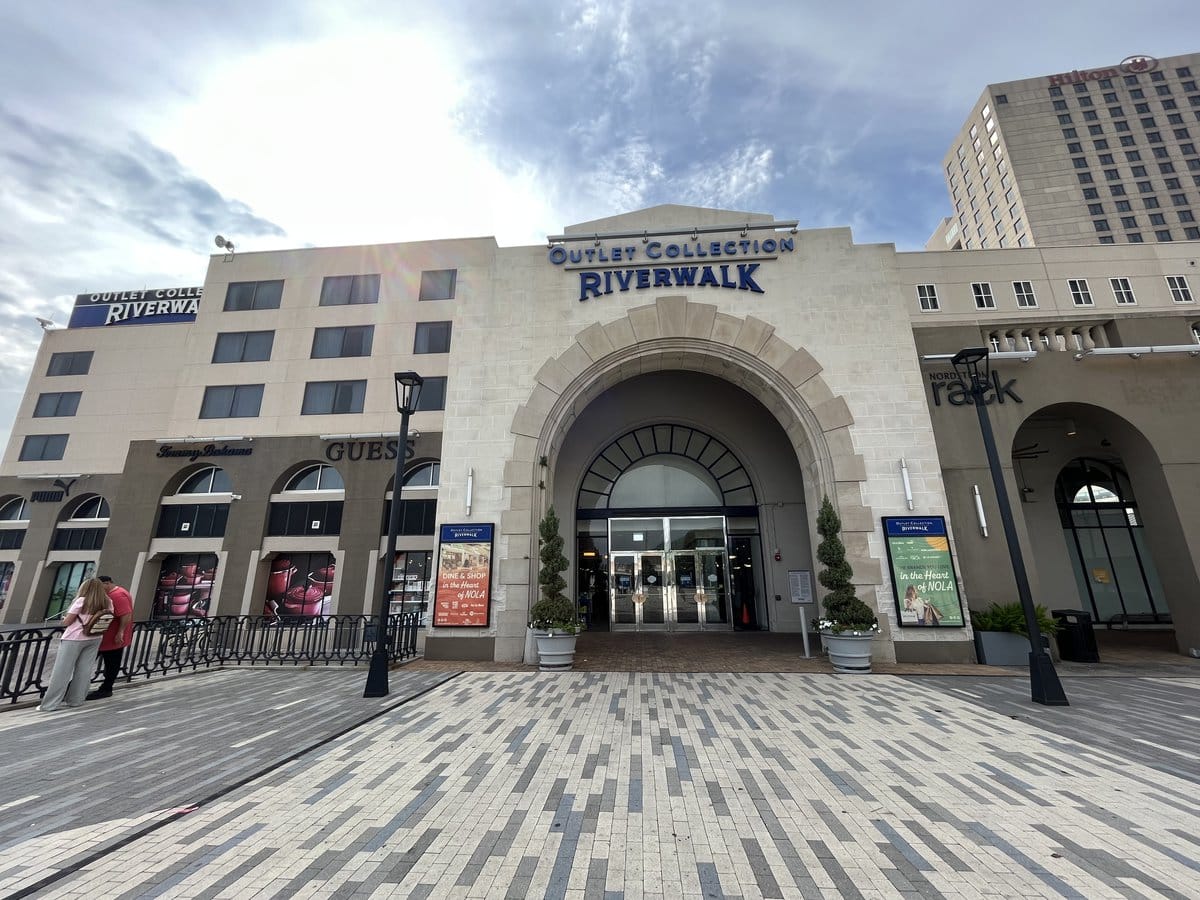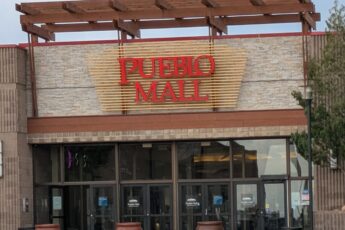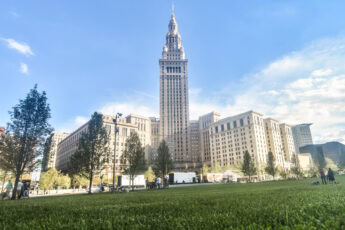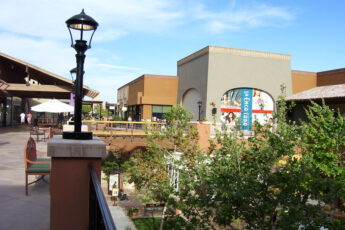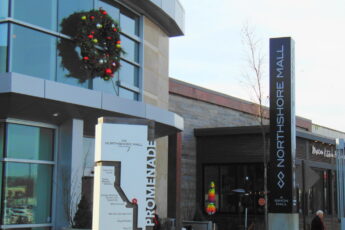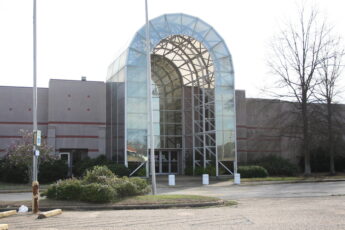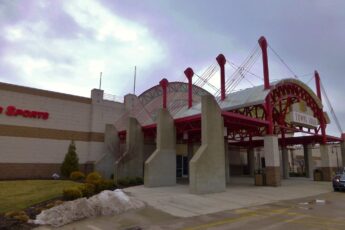The Mall of Louisiana and the Idea of Staying Power
At the intersection of Interstate 10 and Bluebonnet Boulevard stands the Mall of Louisiana.
It opened in 1997, developed by Jim Wilson & Associates, the same company that built Riverchase Galleria in Alabama.
The site covered 103 acres and introduced a scale of retail that Baton Rouge had never seen. Crawford McWilliams Hatcher Architects designed the building with high glass ceilings, wide walkways, and a two-level carousel placed under a central skylight.
The mall debuted with 180 stores and five anchors: Dillard's, McRae's, Sears, JCPenney, and Maison Blanche. It was the largest mall in the state, and shoppers came from across Louisiana to see it.
For a few years, it ran as smoothly as planned. Families spent weekends riding the carousel, buying clothes, and eating at the food court.
Maison Blanche closed within a year. The New Orleans-based chain had struggled through multiple ownership changes, and the space was soon replaced by Parisian.
Foley's took over next, and Macy's came after that. Each transition reflected the larger shifts happening across American retail. Through it all, the Mall of Louisiana stayed open, adjusted, and kept drawing crowds.
The Years of Movement
By the early 2000s, the Mall of Louisiana had entered a steady phase. Parisian closed in 2001, and Foley's opened in the same space two years later.
In November 2005, Dillard's bought the McRae's store from Belk and split it into separate men's and women's departments, giving the mall two Dillard's locations.
The changes came quickly, though most shoppers didn't pay much attention. The food court stayed crowded, and families still stopped to let their kids ride the carousel before leaving.
In July 2006, Rave Motion Pictures opened a fifteen-screen theater beside the mall. It had stadium seating, wide aisles, and a bright neon glow that stood out against the flat Louisiana skyline.
The theater became a popular evening stop for teenagers and families. After AMC bought the Rave chain in 2013, the name changed, but everything else stayed the same.
Inside the mall, more signs came down and new ones went up. Foley's rebranded as Macy's in September 2006 after a national merger.
The new letters went over the doors, and the old routine continued. The parking lot stayed full on weekends. People came to walk, eat, and cool off. The mall had become part of Baton Rouge's everyday life.
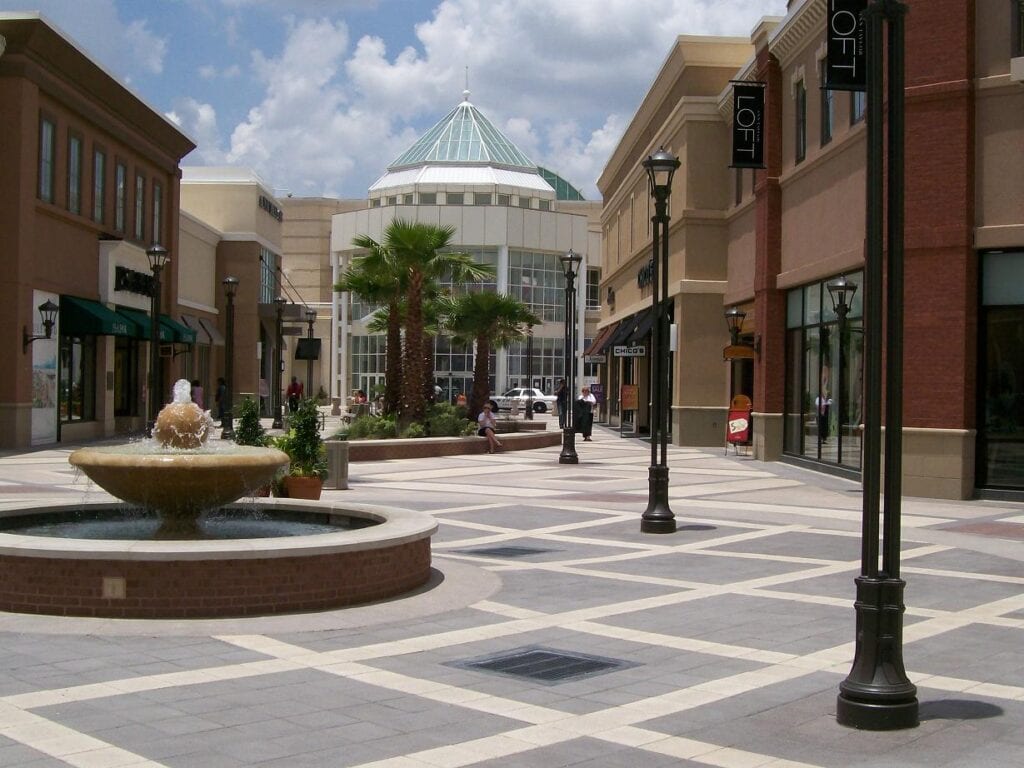
A Breath of Fresh Air
In 2008, the Mall of Louisiana added a new section called The Boulevard. It was an open-air extension built along the east side of the mall and included Apple, Pottery Barn, Sephora, and several restaurants.
The Apple Store was the first in Louisiana, and people came just to see it. The glass walls and bright logo stood out against the rest of the mall's enclosed structure.
The Boulevard wasn't large, but it changed the feel of the property. It showed that the mall could adjust to new shopping habits by offering sunlight, outdoor seating, and space that felt less enclosed.
The layout gave the area a more street-like rhythm, even though it was surrounded by parking lots and traffic.
Borders Books occupied one end, and BJ's Restaurant & Brewhouse sat at the other. The design looked like a small downtown attached to the original mall.
Without saying much, the project signaled what was coming next: a shift from pure retail to a mix of stores, food, and experience.
Survival by Reinvention
By the 2010s, the mall's story became the story of retail everywhere. Chains merged, folded, or moved online.
The Mall of Louisiana kept adding new reasons to visit. Nordstrom Rack opened in 2015, H.H. Gregg closed in 2017, and Main Event Entertainment took its place with bowling lanes and arcade games. The formula was shifting from stores to experiences.
In 2018, Brookfield Property Partners bought out General Growth Properties, taking over management of the mall. That same year, H&M announced plans to open in the space left by Gap and Banana Republic.
When the Swedish chain finally opened in 2019, it brought in a younger crowd who treated shopping as an excuse to post a photo.
Then came the end of an era. In 2021, Sears closed its doors after twenty-four years. It was the last Sears in Louisiana.
The two-level anchor that once sold appliances, tools, and school uniforms went dark, leaving a hole big enough to park a fleet of trucks inside.

A Mall and a Python
Three months later, the mall became famous for something stranger. A twelve-foot albino Burmese python named Cara escaped from Blue Zoo Aquarium, one of the newer attractions.
For two days, she crawled through ceiling ducts while staff searched. Shoppers were told to stay calm.
She was found alive and well at three-forty-five in the morning. The story made national news, and for a brief moment, the mall was both punchline and legend.
Through it all, business went on. T-Mobile opened in part of the old Sears space. Management started talking publicly about "re-merchandising" and "experiential concepts." What they meant was: we're going to keep finding new ways to fill the rooms.
The House of Sport and the New Phase
Inside the mall, life went on. A food stall called Street Food Munchies opened in 2024. That March, a faulty air-handler belt filled part of the mall with haze and forced a short evacuation. The mall reopened the same day. Nothing burned, nothing changed.
In May 2025, the mall found its next anchor. Dick's Sporting Goods opened a massive new concept called House of Sport inside the old Sears building.
It covered 100,000 square feet over two stories, with climbing walls, batting cages, golf bays, and synthetic turf where people could test shoes before buying them. It was less a store than a sports complex that happened to sell gear.
That same summer, JCPenney's property was sold to Onyx Partners in a $947 million deal that covered 119 stores nationwide.
The Baton Rouge location stayed open, but the ownership change underlined how much mall economics had become a matter of paperwork rather than storefronts.
Still Turning
Today, the Mall of Louisiana still runs on the same idea it opened with: give people a place to go. Its anchors now include Dillard's (split into men's and women's stores), Macy's, JCPenney, and Dick's House of Sport.
The AMC next door still draws movie crowds. More than 140 specialty shops line the halls. The food court holds six hundred seats and smells like pizza, sugar, and oil.
Brookfield Properties calls it a "dynamic retail center." The reality is quieter. It's a working piece of infrastructure that still attracts millions of visits a year.
Baton Rouge treats it as neutral ground, an indoor park with credit cards. Teenagers meet there, parents push strollers, and older couples walk laps in the morning before the stores open.
The mall isn't thriving the way it once did, but it isn't dying either. It's something in between, adjusting to each new idea that might keep it relevant.
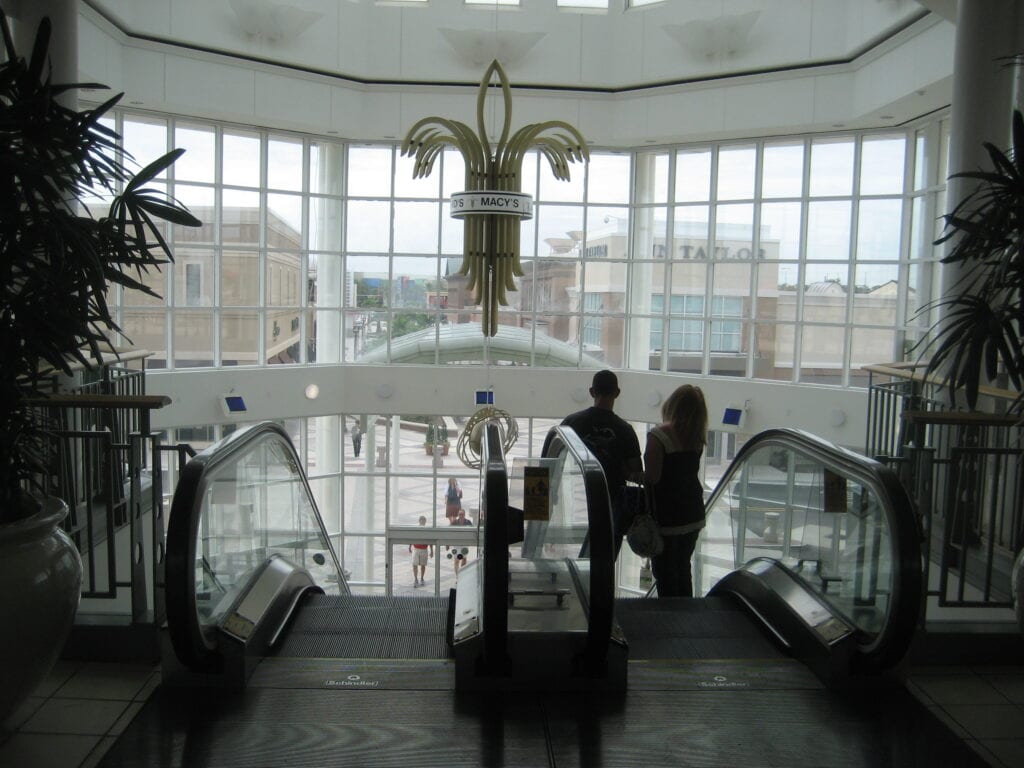
What Comes Next
Across the country, enclosed malls are shutting down. Analysts estimate that about half could close within the next few years.
The Mall of Louisiana keeps operating, adapting to each shift in retail. It stays relevant through additions like bowling, aquariums, climbing walls, and restaurants. The city's heat helps too. In Baton Rouge, air-conditioning still counts as a reason to go out.
The mall opened as a monument to shopping and has turned into a monument to staying open. For nearly three decades, it has watched department stores merge, fail, and come back under new names.
It remains in business every day of the week, giving people a place to walk, eat, and pass the time indoors.
The future is uncertain, but for now, the Mall of Louisiana continues to function as it always has: doors open, lights on, air cool. In a market where so many malls have gone dark, that's enough to count as success.

